Scouted selects products independently. If you purchase something from our posts, we may earn a small commission.
They say the eyes are windows to the soul, but let’s be real—they’re also the first place to show how much (or how little) sleep we’ve gotten, how our allergies are flaring up, how salty that ramen was last night, and so on. In other words, your eyes will rat you out every time. The skin around the orbital area is some of the thinnest and most delicate on the body, making it especially prone to fine lines, puffiness, and crepey texture.
Sure, there are tons of topical under-eye treatments to help with puffiness, dark circles, and crow’s feet. But lately, aesthetic injectors, plastic surgeons, and dermatologists have seen a surge in demand for in-office cosmetic procedures that target the eye area—many of which offer longer-lasting, more noticeable results than skincare alone. To get the scoop on the rising interest in under-eye rejuvenation, we spoke with two experts about the most popular treatments—from surgical to non-invasive.
Lower Eyelid Blepharoplasty
“When it comes to treating under-eye concerns such as discoloration, hollowness, and puffiness, my favorite and most effective approach is a lower eyelid blepharoplasty,” says Dr. Robert Schwarcz, double board-certified oculofacial plastic surgeon and facial aesthetics specialist. “This surgical procedure allows me to directly address excess fat or skin that contributes to puffiness and under-eye bags, creating a smoother, more rested appearance.”
To maximize results, Dr. Schwarcz often combines the surgery with complementary treatments. “I often combine it with fat grafting, which helps restore volume to areas that appear hollow or sunken, and a CO2 laser treatment to improve skin texture, tighten the delicate skin under the eyes, and reduce pigmentation or fine lines,” he says. Together, these procedures can deliver what he calls “the full package.”
Under-Eye Filler
Under-eye filler has faced criticism in recent years due to concerns about migration and long-term risks. Still, it can be a game-changer for the right candidate—especially when addressing volume loss in the tear trough area.
“When it’s done correctly, [under-eye filler] can be a great option for restoring volume to hollow tear troughs,” says Melanie Abeyta, aesthetic nurse practitioner and founder of Harmony Aesthetics Center. “It instantly smooths and brightens the under-eye area, making patients look more rested.”
However, filler isn’t one-size-fits-all. “It’s not ideal for patients with prominent under-eye bags or fat pad prolapse, as filler can make this worse,” she adds. Thin, translucent, or even fair skin can also pose problems. “This increases the risk of the Tyndall effect, where improperly placed filler reflects light and creates a bluish tint under the skin.”
Dr. Schwarcz agrees that patient anatomy plays a major role in determining whether under-eye filler is a good idea. “The ideal candidate tends to be on the younger side with good skin quality—not overly thin or crepey—and with mild to moderate hollowness rather than significant puffiness or fat prolapse,” he says.
One important caveat: under-eye filler won’t help with dark circles caused by pigmentation. If your shadows stem from genetics, sun damage, or blood vessel visibility, a different approach may be a better choice.
PRF and PRF EZ Gel
For patients who aren’t ideal candidates for filler—or who want a more natural option—Abeyta recommends platelet-rich fibrin (PRF) treatments. “Using the patient’s blood to stimulate collagen, this regenerative treatment can help improve skin tone and naturally brighten dark circles. Plus, it’s especially helpful for crepey skin and discoloration,” she says.
PRF EZ Gel is a next-generation option that adds volume while delivering those same regenerative benefits. After drawing the patient’s blood, it’s spun to isolate growth factors and then processed with heating and cooling to form a gel. “It subtly volumizes like filler but with a lower risk of puffiness or discoloration,” Abeyta says. “It’s perfect for patients who want a more natural, biostimulatory approach.”
Microneedling and Radiofrequency (Morpheus8)
If your main concerns are skin texture, laxity, or puffiness, microneedling and radiofrequency treatments like Morpheus8 may offer a needle-free path to improvement. “Radiofrequency helps boost collagen production, tightening the skin and softening fine lines,” says Dr. Schwarcz. “If the issue is more about crepey texture or mild under-eye bags, a series of Morpheus8 microneedling treatments can significantly improve skin quality over time.”
Abeyta adds that even standard microneedling (without radiofrequency) can be effective—especially when paired with growth factors or exosomes. “This is a great option to treat fine lines and improve overall skin texture. It boosts collagen and elasticity while enhancing skin quality.”
Neuromodulators (Botox, Dysport, etc.)
While neurotoxins like Botox and Dysport are most commonly used on the upper face, they can subtly improve the under-eye area when used strategically. “Neurotoxins are incredibly helpful for softening crow’s feet and even reducing under-eye wrinkles when injected carefully,” Dr. Schwarcz says. Some providers also use them for a subtle “liquid brow lift,” giving the eyes a more open appearance.
Just don’t expect these wrinkle-relaxers to work miracles on puffiness or pigmentation—Botox can’t do much there.
Chemical Peels
Chemical peels may not offer the dramatic results of surgery or filler, but they’re a wallet-friendly way to brighten and smooth the under-eye area. “For patients struggling with pigment or dullness, a light chemical peel can help without harsh downtime,” says Abeyta.
Peels won’t do much for volume loss or loose skin, but for texture and tone, they can be a solid option—especially when combined with other treatments.
Whether you‘re dealing with dark circles, hollowness, or just looking for a little under-eye pick-me-up, there are more options than ever before. Just make sure to consult a trained, credentialed provider who can guide you toward the safest, most effective treatment for your anatomy and goals.
Under-eye Skincare Treatments
Our two experts outlined their favorites below if you‘re looking for topical skincare solutions to help with under-eye laxity, fine lines, pigmentation, and puffiness.
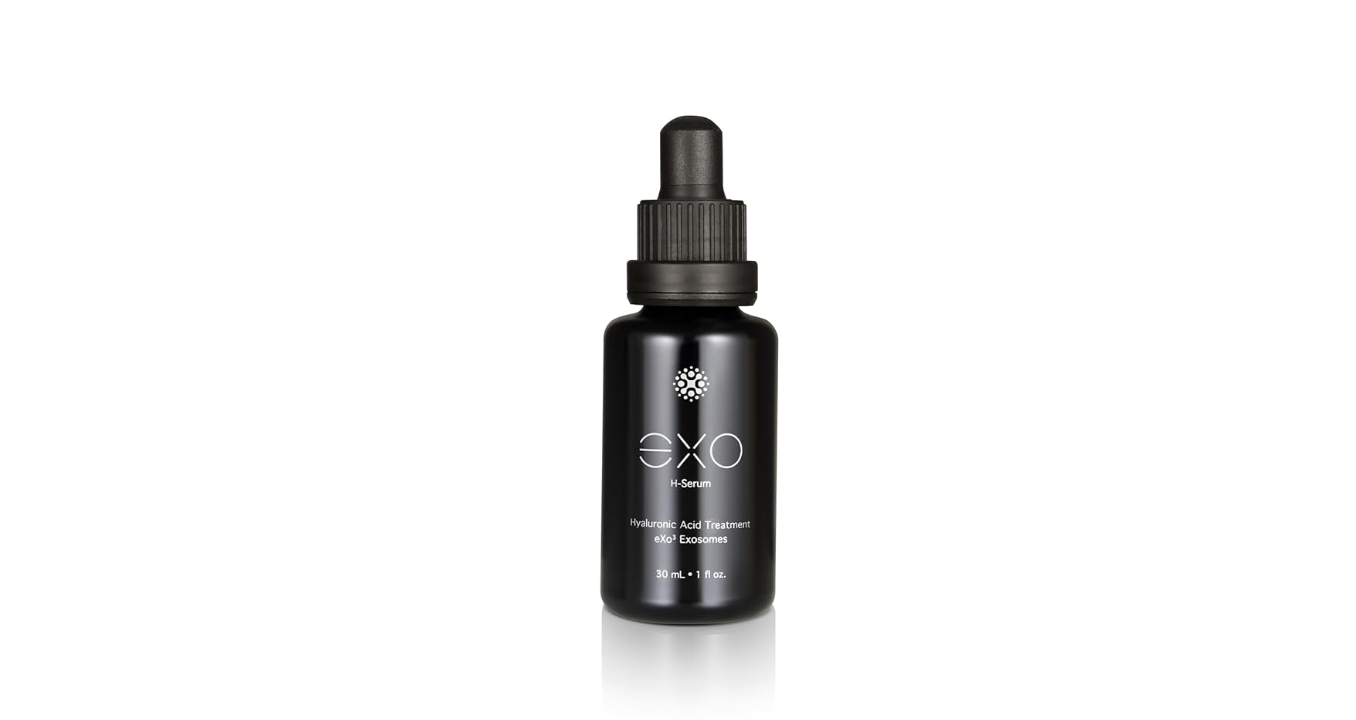 Exoceuticals EXO H-Serum Hyaluronic Acid Treatment If you’re looking for an at-home alternative to microneedling with exosomes, this plumping and healing treatment is a great choice. “I really like this treatment because it’s formulated with a precision blend of seven different molecular weights of hyaluronic acid and proprietary eXo3 exosomes to provide instant and deep hydration to your skin with beneficial long-term effects,” Abeyta says.
Exoceuticals EXO H-Serum Hyaluronic Acid Treatment If you’re looking for an at-home alternative to microneedling with exosomes, this plumping and healing treatment is a great choice. “I really like this treatment because it’s formulated with a precision blend of seven different molecular weights of hyaluronic acid and proprietary eXo3 exosomes to provide instant and deep hydration to your skin with beneficial long-term effects,” Abeyta says.
Shop At Exoceuticals$224
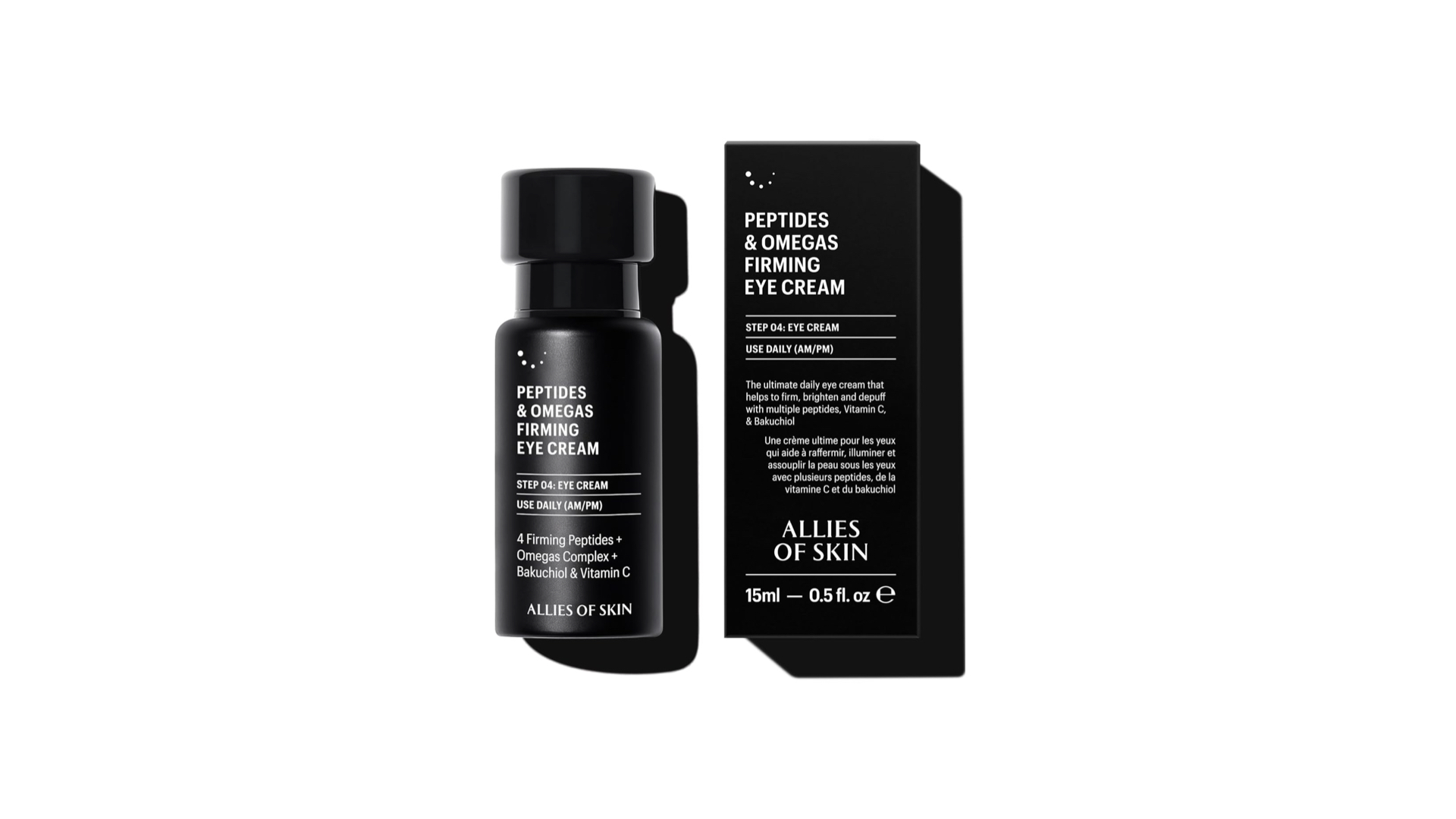 Allies of Skin Peptide Omega Firming Eye CreamInfused with a supercharged cocktail of firming and lifting ingredients for the ultimate eye-opening moment, this treatment gives the skin an instant pick-me-up but also improves crows’ feet and under-eye lines with continuous use thanks to its hero ingredient, bakuchiol (a retinol-like active with less irritation). “Bakuchiol helps stimulate cell turnover with less irritation, keeping fine lines at bay,” says Abeyta.
Allies of Skin Peptide Omega Firming Eye CreamInfused with a supercharged cocktail of firming and lifting ingredients for the ultimate eye-opening moment, this treatment gives the skin an instant pick-me-up but also improves crows’ feet and under-eye lines with continuous use thanks to its hero ingredient, bakuchiol (a retinol-like active with less irritation). “Bakuchiol helps stimulate cell turnover with less irritation, keeping fine lines at bay,” says Abeyta.
Shop At Dermstore$85
Free Shipping
Free Shipping
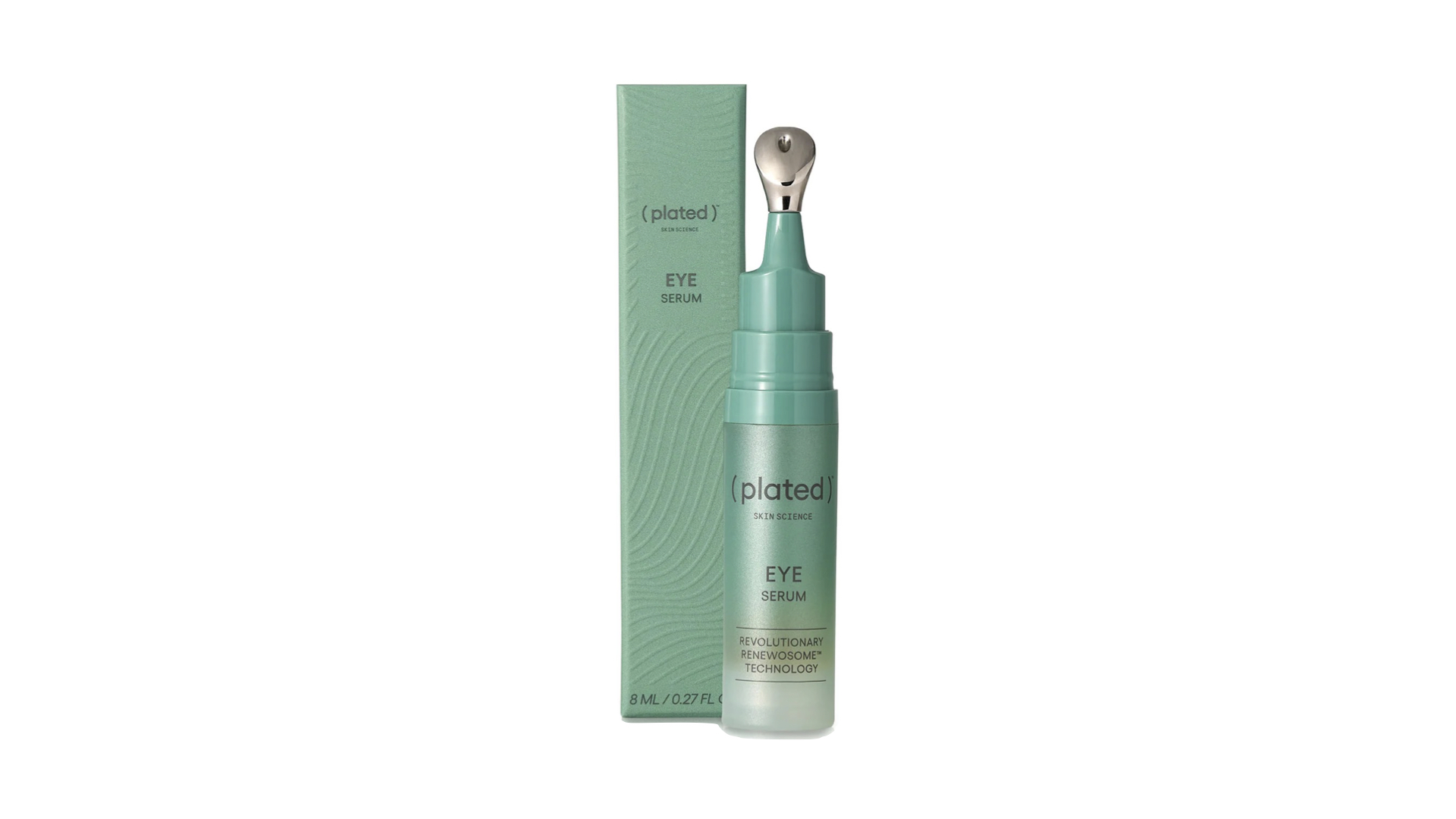 Plated Exosome Eye CreamA favorite of Dr. Schwarcz’s, this beauty editor-loved eye cream is one of the best topical eye treatments on the market. The formula “uses platelet-derived exosome technology, a very promising innovation that supports skin repair and regeneration,” he says. Don’t believe him? Just check the wildly impressive before-and-afters on the website. Shop At Plated$138
Plated Exosome Eye CreamA favorite of Dr. Schwarcz’s, this beauty editor-loved eye cream is one of the best topical eye treatments on the market. The formula “uses platelet-derived exosome technology, a very promising innovation that supports skin repair and regeneration,” he says. Don’t believe him? Just check the wildly impressive before-and-afters on the website. Shop At Plated$138
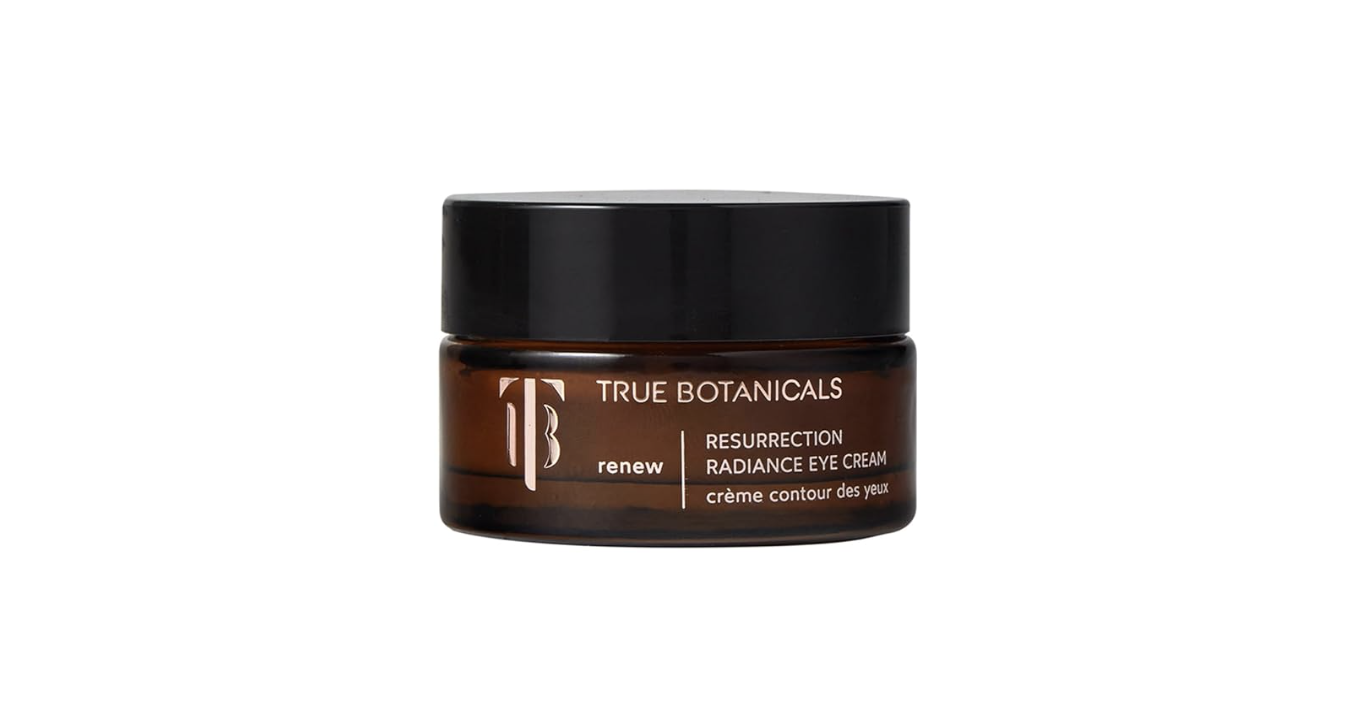 True Botanicals Resurrection Radiance Eye CreamAbeyta recommends opting for products that contain caffeine because when applied topically, it can “help reduce puffiness and improve circulation short-term.” Caffeine is a vasoconstrictor, which means it constricts blood vessels and can help reduce excess water retention and swelling. This nourishing formula contains a potent blend of clinically-proven ingredients, including coffee, turmeric, and licorice extract, to help lift dark circles and combat puffiness.
True Botanicals Resurrection Radiance Eye CreamAbeyta recommends opting for products that contain caffeine because when applied topically, it can “help reduce puffiness and improve circulation short-term.” Caffeine is a vasoconstrictor, which means it constricts blood vessels and can help reduce excess water retention and swelling. This nourishing formula contains a potent blend of clinically-proven ingredients, including coffee, turmeric, and licorice extract, to help lift dark circles and combat puffiness.
Shop At Credo Beauty$80
Free Shipping
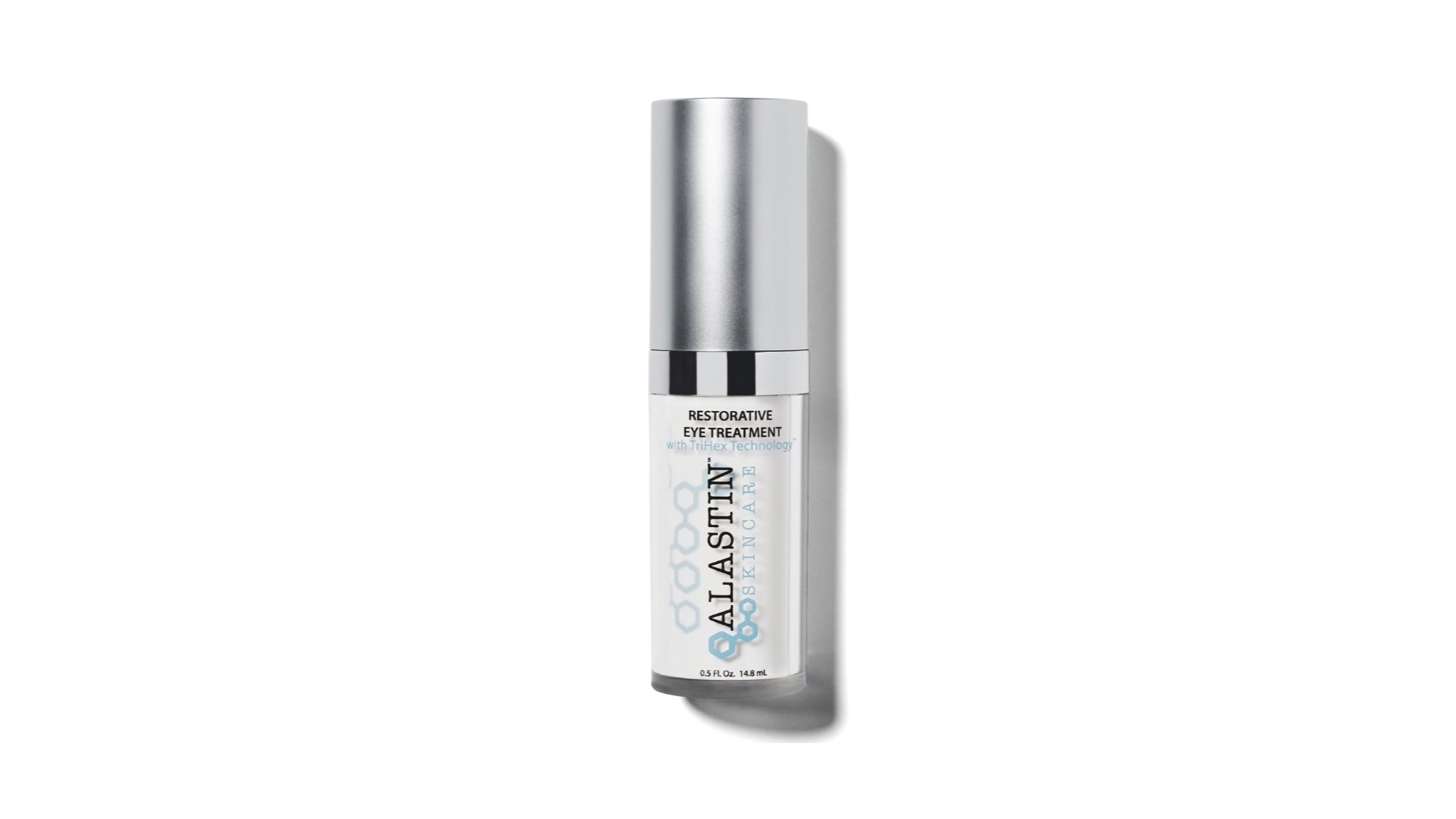 Alastin Restorative Eye TreatmentThis peptide-powered eye treatment helps address laxity, fine lines, and even puffiness without the needles. “[I recommend formulas] with peptides like this one to help strengthen the delicate under-eye skin.” The treatment’s proprietary peptide blend (TriHex Technology) also boosts collagen and elastin, which helps contour the eye region while softening crow’s feet and plumping up crepey skin.
Alastin Restorative Eye TreatmentThis peptide-powered eye treatment helps address laxity, fine lines, and even puffiness without the needles. “[I recommend formulas] with peptides like this one to help strengthen the delicate under-eye skin.” The treatment’s proprietary peptide blend (TriHex Technology) also boosts collagen and elastin, which helps contour the eye region while softening crow’s feet and plumping up crepey skin.
Shop At Alastin$118
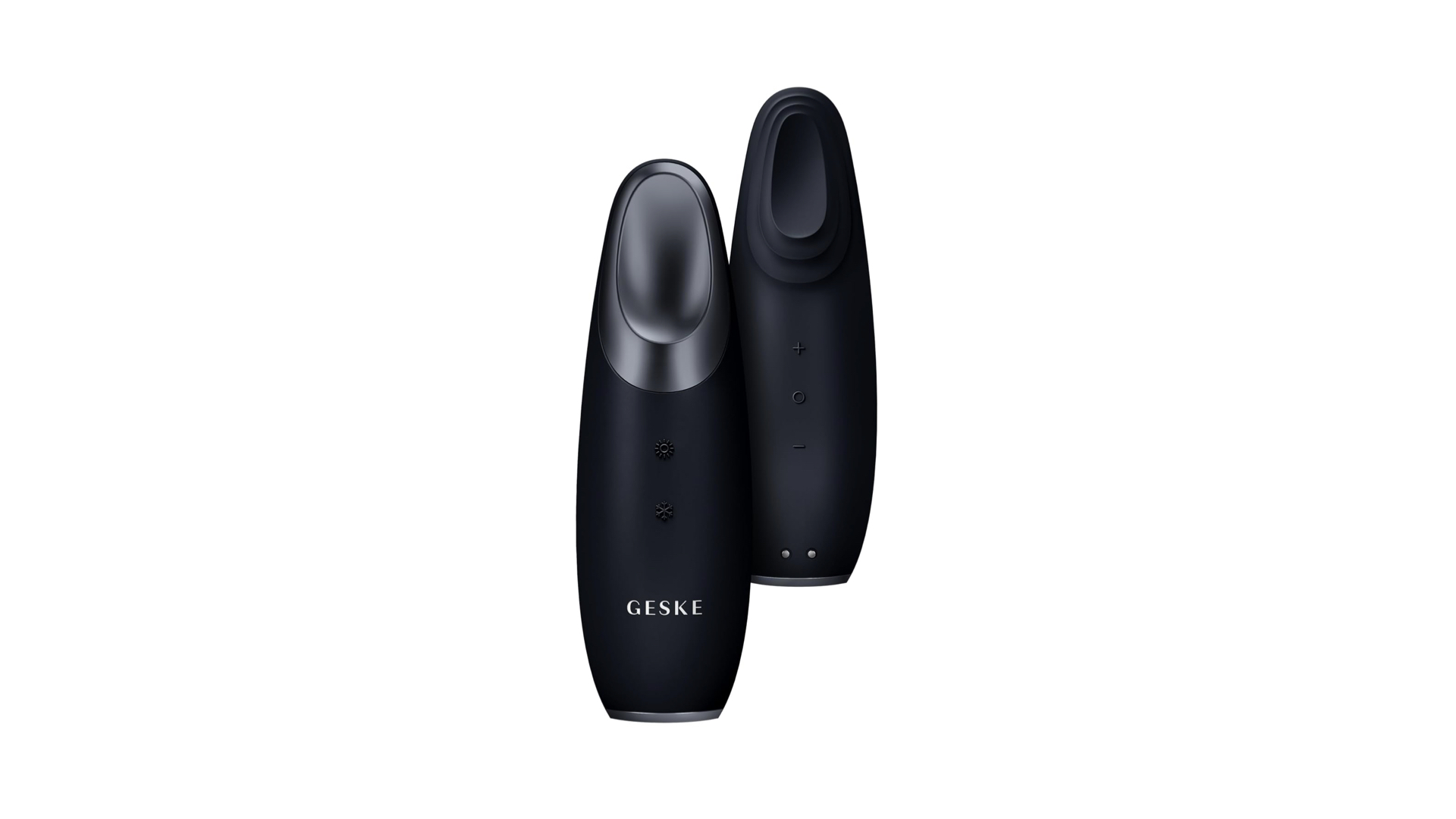 Geske Warm & Cool Eye Energizer 6-in-1 Face MassagerAt-home facial devices and massagers can also be an effective tool for reducing puffiness and contouring the eye region because they boost circulation and lymphatic drainage. “This 6-in-1 eye care device is an all-in-one solution to reduce puffiness, dark circles, fine lines, and dry, tired eyes,” Abeyta says. “ It also has a warming/depuffing cooling feature that warms the eye area to 113°F in 90 seconds to improve blood flow, reduce tension, and accelerate nutrient absorption and then cools to 66°F in 15 seconds per eye, reducing puffiness and dark circles.”
Geske Warm & Cool Eye Energizer 6-in-1 Face MassagerAt-home facial devices and massagers can also be an effective tool for reducing puffiness and contouring the eye region because they boost circulation and lymphatic drainage. “This 6-in-1 eye care device is an all-in-one solution to reduce puffiness, dark circles, fine lines, and dry, tired eyes,” Abeyta says. “ It also has a warming/depuffing cooling feature that warms the eye area to 113°F in 90 seconds to improve blood flow, reduce tension, and accelerate nutrient absorption and then cools to 66°F in 15 seconds per eye, reducing puffiness and dark circles.”
Shop At Amazon$60
Free Shipping
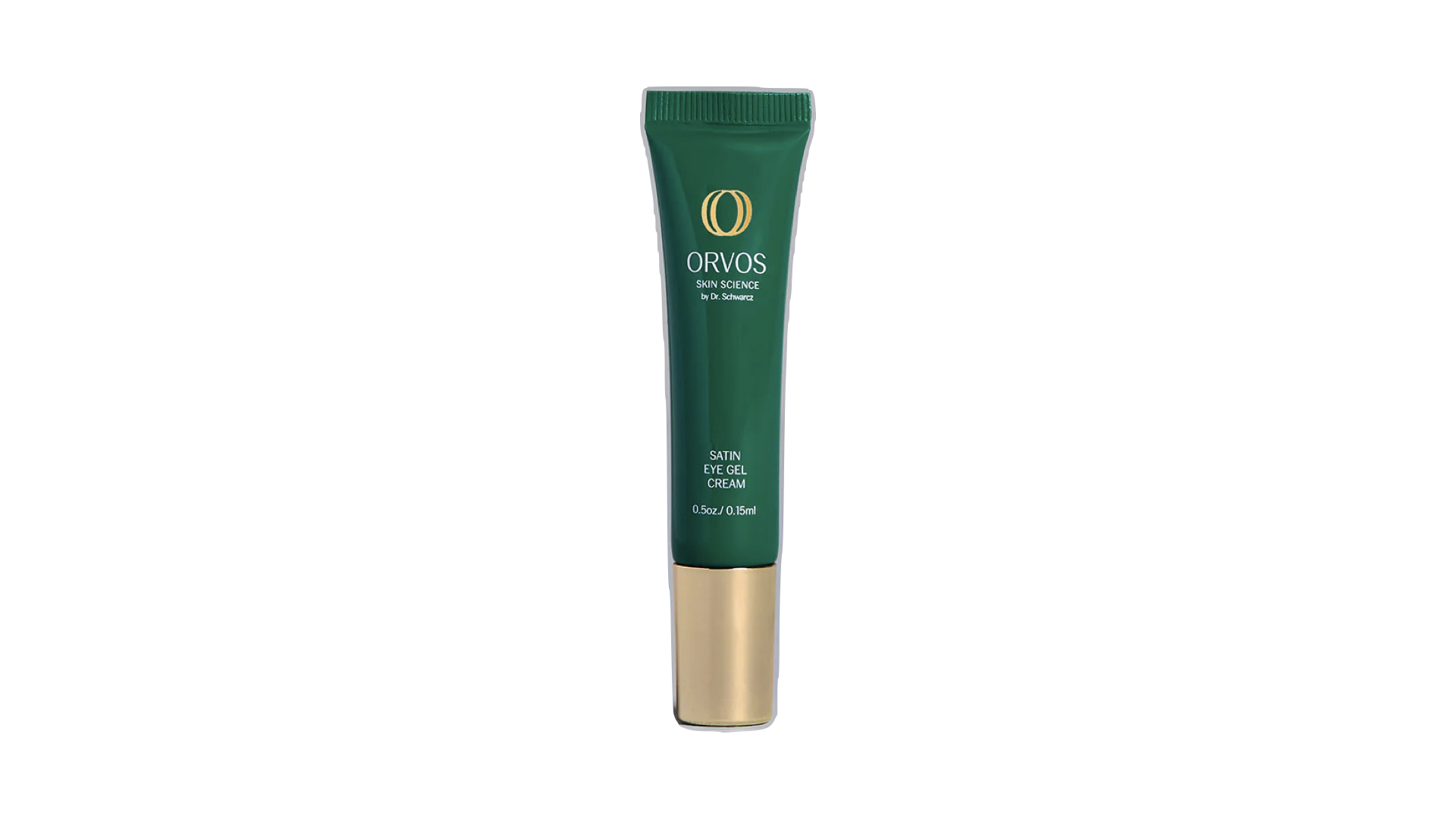 Orvos Skin Science Satin Eye Gel Cream Designed with a cooling metal applicator for better absorption and depuffing power, this lightweight, antioxidant-infused gel cream is an excellent multipurpose treatment to address a number of under-eye concerns. “One of my go-to recommendations is the Satin Eye Gel Cream from my skincare line, Orvos Skin Science,” says Dr. Schwarcz. “It contains Kakadu plum, which is one of the richest natural sources of vitamin C and helps brighten and protect the skin; bakuchiol, for cell turnover without the irritation, and caffeine, which helps reduce puffiness.”
Orvos Skin Science Satin Eye Gel Cream Designed with a cooling metal applicator for better absorption and depuffing power, this lightweight, antioxidant-infused gel cream is an excellent multipurpose treatment to address a number of under-eye concerns. “One of my go-to recommendations is the Satin Eye Gel Cream from my skincare line, Orvos Skin Science,” says Dr. Schwarcz. “It contains Kakadu plum, which is one of the richest natural sources of vitamin C and helps brighten and protect the skin; bakuchiol, for cell turnover without the irritation, and caffeine, which helps reduce puffiness.”
Shop At Orvos Skin Science$70
MORE FROM SCOUTED:
The post Scouted: From Bleph to Botox: The Best Cosmetic Treatments for Tired-Looking Eyes, According to Experts appeared first on The Daily Beast.




